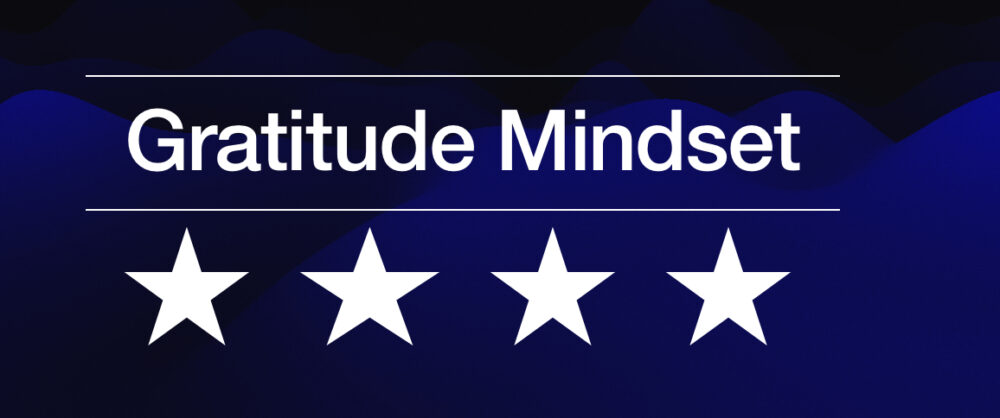Modern management chronically suffers from too many meetings — and not enough time to get work done.
Middle management has suffered for decades under the heavy burden of too many meetings.
Meetings should support work; when they don’t, they become a time suck that wrecks productivity for companies and organizations. But the reason management is increasingly buried in meetings generally center on leadership wanting more control or believing (erroneously) that gabbing in groups clarifies and expedites.
However, Apple founder Steve Jobs observed the problem and knew what meetings to keep and which to cut. And he knew how to run them efficiently, according to Inc. Magazine.
Keep the invite list small — ideally, three to five people.
His reasoning? The more people you have in a meeting, the less productive it is. Too many voices become a sea of noise and it’s less likely you’ll get anything accomplished. In fact, Jobs famously declined an invite from President Obama to a tech meeting because, well, the guest list was too long.
Also, as you craft your invite list, know exactly what each person’s stake or role in the meeting will be. If they cannot or will not contribute, cut them. Anyone there for informational purposes can be sent a transcript or recording after the fact.
Keep the agenda short — no more than three items.
The goal here is focus. With more than three items on an agenda, you’re likely to get lost in a rabbit hole of unrelated topics and side conversations. It’s hard to know what conclusions to draw and what action items you have at the end when agenda items run amuck. Keep it short — and make sure all three agenda items are clearly connected to the core meeting purpose.
Keep the length to no more than 30 minutes.
You may think the substance of a given meeting demands a bigger time slot, but science tells us that largely ends up as a waste of time. Our attention span is shorter than a goldfish’s and our mental stamina is unable to sustain meaningful, analytical discussion for very long. If you keep meetings short (no more than 30 minutes) and parcel key pieces of information in digestible chunks (one- to two-minute segments), you’re more likely to leave the meeting with broad comprehension.
Sheryl Sandberg took this a step further, actually — she kept a lot of her meetings to 10 minutes.
There’s also the question of need. Do you really need to have a meeting? Ask yourself the following three questions; if the answer is no to all of them, don’t schedule one.
Does this meeting require feedback from others, or is it just informational?
If I do need input/feedback, is a meeting a more time-effective way to get it than a message or email?
Would a meeting provide anything that an email or message wouldn’t (such as in-the-moment feedback on problems that are constantly evolving)?
And finally, as a general note to CEOs just establishing business cadence, consider building a minimalist meeting culture. Following the “Rule of 3s,” keep this general guideline in mind: Management should aim to schedule no more than one minute of meeting time for every three minutes of work. In essence, no more than a quarter of a day should be spent in meetings.
